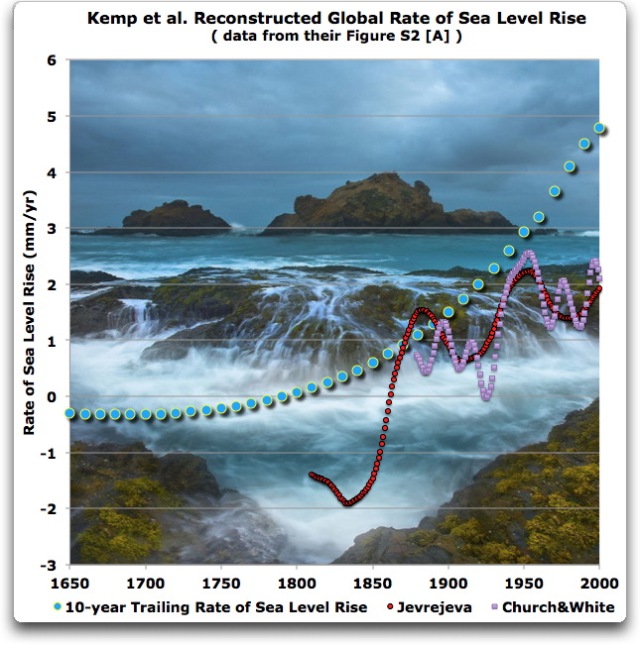Blaming this on CO2 is complete crap. Sea level rise along the East coast has been fixed for 100 years. In New England there is little to no sea level rise over the last 40 years. Sea level on the US Pacific Coast is not rising at all.
If CO2 was the cause, we would have expected to see a sharp rise after 1950, when atmospheric CO2 began to rise quickly. By contrast, sea level rise rates along the Atlantic coast have slowed since 1950.
Scientific Bullshite Deepest In At Least 2,100 Years | Real Science


